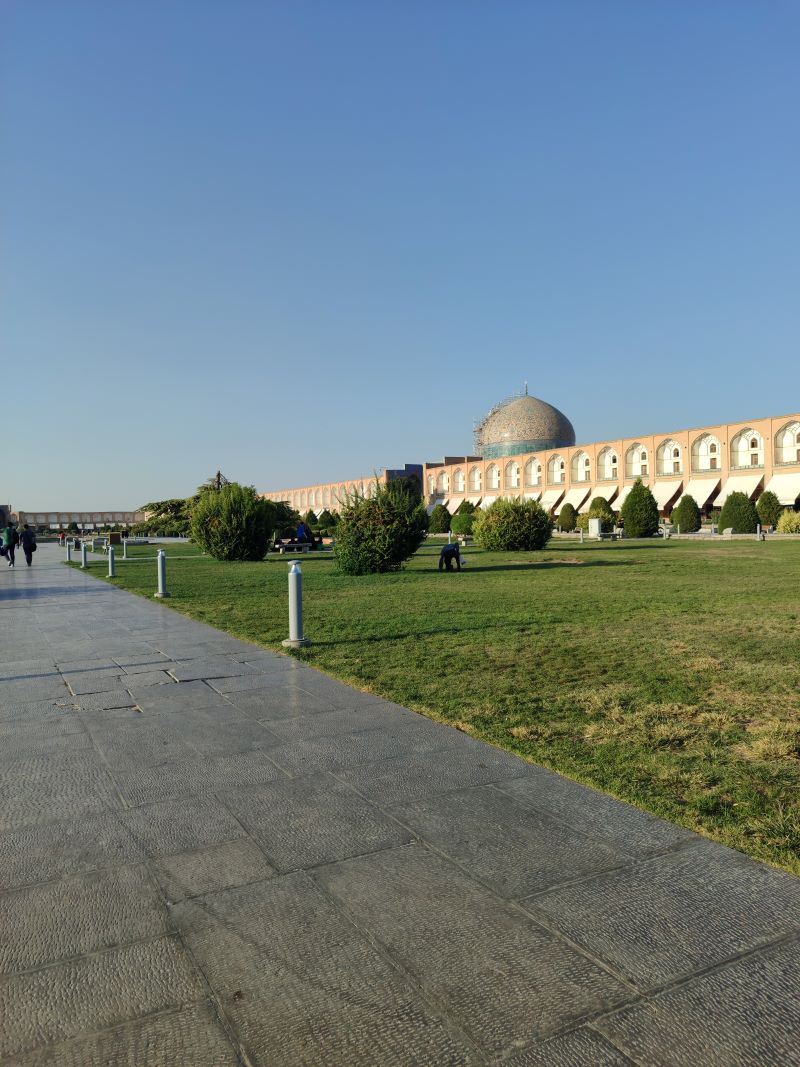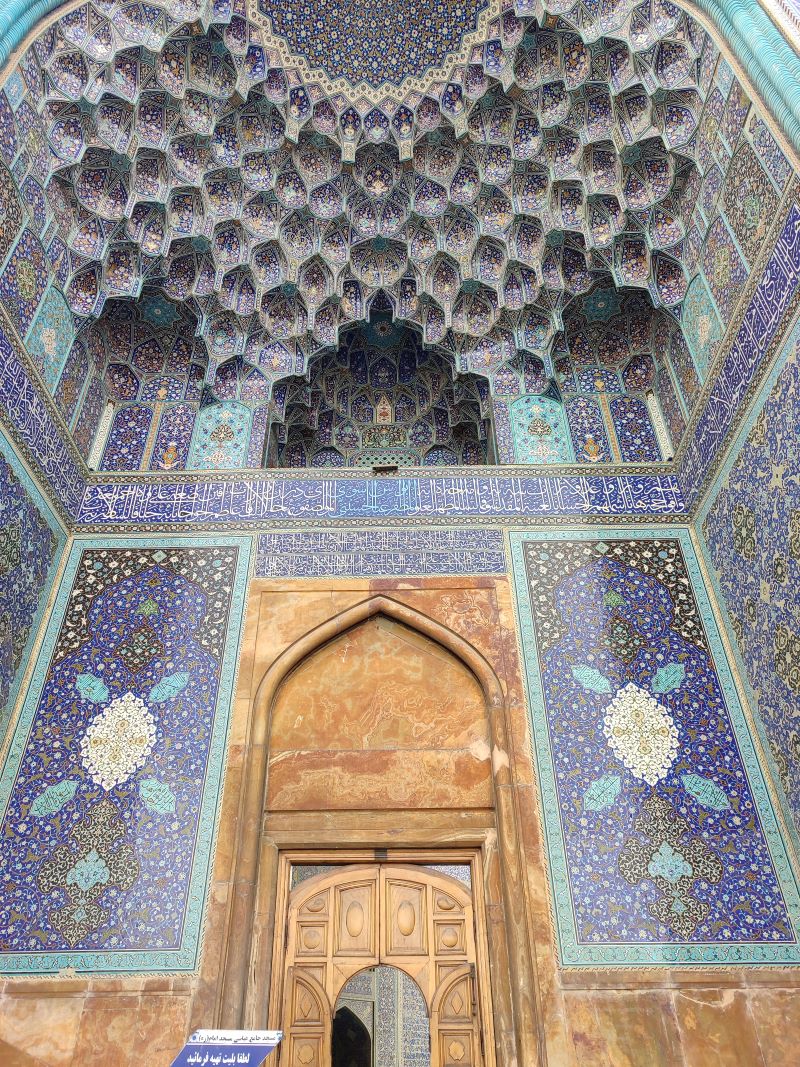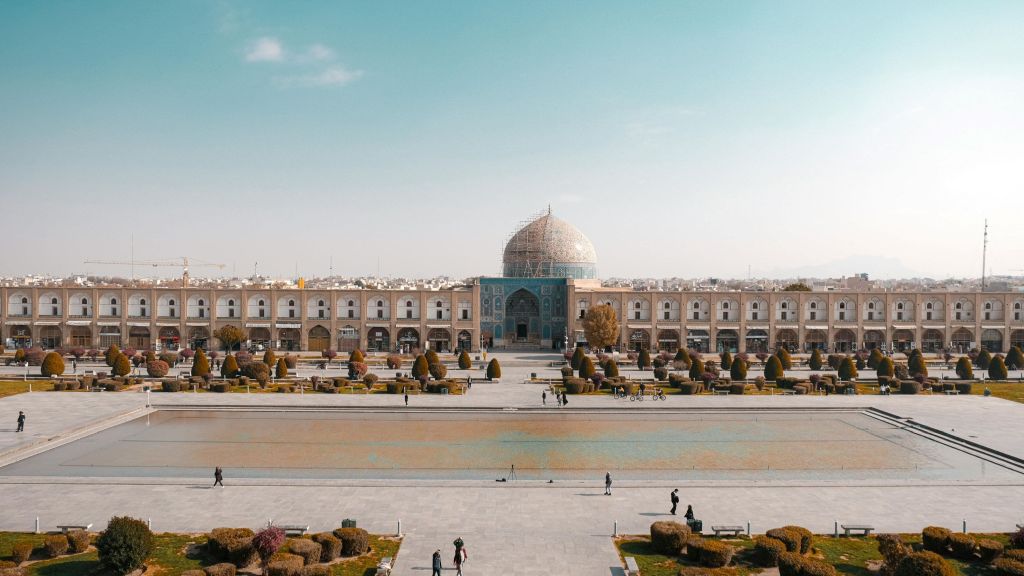Naqsh-e Jahan Square: The Heart of Isfahan’s Golden Age
Posted on April 5, 2025
In the heart of Isfahan, Iran’s cultural jewel, lies Naqsh-e Jahan Square—also known as Imam Square—a sprawling masterpiece that captures the grandeur of the Safavid era. Recognized as a UNESCO World Heritage site since 1979, this vast plaza is more than just a public space; it’s a living testament to Persian artistry, ambition, and community. For travelers seeking the soul of Iran, Naqsh-e Jahan offers an unforgettable blend of history, architecture, and local life. In this honest guide, we’ll uncover its origins, its iconic landmarks, and what you need to know to experience it fully.
A Glimpse into History: The Making of Naqsh-e Jahan
Naqsh-e Jahan Square was born in the early 17th century under Shah Abbas I, a visionary ruler who transformed Isfahan into the capital of the Safavid Empire. Completed around 1619, the square was designed as the centerpiece of his new city—a place where power, faith, and commerce converged. Measuring 560 meters long and 160 meters wide, it ranks among the largest historic squares in the world, dwarfing even Moscow’s Red Square.
The name "Naqsh-e Jahan" translates to "Pattern of the World," reflecting Shah Abbas’s dream of creating a microcosm of his empire. The square’s layout is a marvel of urban planning: a rectangular expanse framed by a two-story arcade of shops, with four monumental structures at its edges—the Shah Mosque to the south, Sheikh Lotfollah Mosque to the east, Ali Qapu Palace to the west, and the Qeysarieh Bazaar entrance to the north. This symmetry wasn’t just aesthetic; it symbolized the balance between religion, governance, and trade.
Historically, the square buzzed with activity: royal polo matches, military parades, and vibrant markets drew crowds from across Persia and beyond. Today, it remains a beating heart of Isfahan, where locals picnic, tourists marvel, and artisans sell their wares.
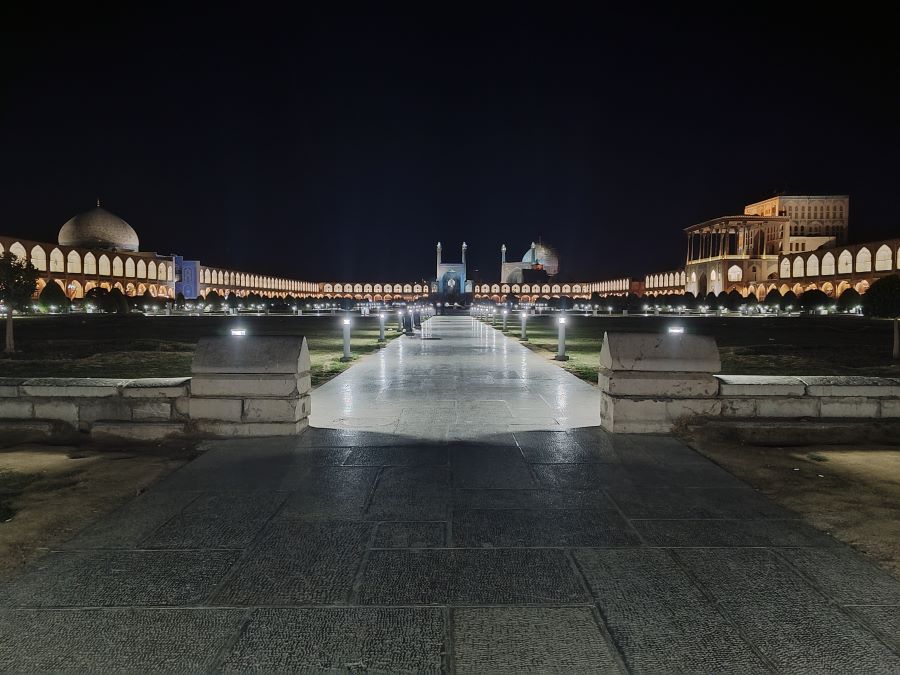
Why Naqsh-e Jahan Matters
Naqsh-e Jahan isn’t just a pretty plaza—it’s a cultural anchor. Its designation as a UNESCO site underscores its global significance, preserving a snapshot of Safavid architecture at its peak. The square’s buildings showcase intricate tilework, soaring domes, and ingenious acoustics, reflecting Persia’s mastery of art and engineering. For Iranians, it’s a point of pride, a place where history whispers through every arch and minaret.
For visitors, it’s a sensory feast. The sheer scale of the square, the kaleidoscope of colors in the mosques’ mosaics, and the chatter of vendors create an atmosphere that’s both timeless and alive. It’s also a window into Isfahan’s nickname, "Nesf-e Jahan" (Half the World), hinting at the city’s once-unrivaled splendor.
Visiting Naqsh-e Jahan Square: What to Expect
A trip to Naqsh-e Jahan is a highlight of any Iran itinerary, but it’s best approached with preparation. Here’s an honest look at what awaits and how to make the most of it.
The Best Time to Go
Isfahan enjoys a more temperate climate than southern cities like Ahvaz, but summers can still hit 35°C (95°F). The ideal visiting months are spring (March-May) and fall (September-November), when temperatures range from 15°C to 25°C (59°F-77°F). Early mornings offer cooler air and fewer crowds, while evenings bring a festive vibe with illuminated monuments.
Getting There
Naqsh-e Jahan sits in central Isfahan, about 20 kilometers (a 30-minute drive) from Isfahan International Airport. From the city’s main bus or train stations, it’s a 10-15 minute taxi ride. Local buses and the Isfahan metro (with Imam Hossein Station nearby) are budget-friendly options, but taxis or apps like Snapp are more convenient. The square is pedestrian-only, so you’ll park or disembark at its edges.
What You’ll See
The square itself is a vast open space, perfect for strolling or simply soaking in the view. Its four key landmarks are unmissable:
- Shah Mosque (Imam Mosque): A turquoise-domed wonder with intricate tilework and a prayer hall that echoes with perfect acoustics.
- Sheikh Lotfollah Mosque: Smaller but stunning, with a golden dome and a mesmerizing interior of shifting light.
- Ali Qapu Palace: A six-story marvel with a music room and a balcony overlooking the square.
- Qeysarieh Bazaar: A bustling gateway to Isfahan’s labyrinthine market, filled with carpets, spices, and handicrafts.
Horse-drawn carriages clip-clop around the perimeter, and fountains add a soothing touch to the scene.
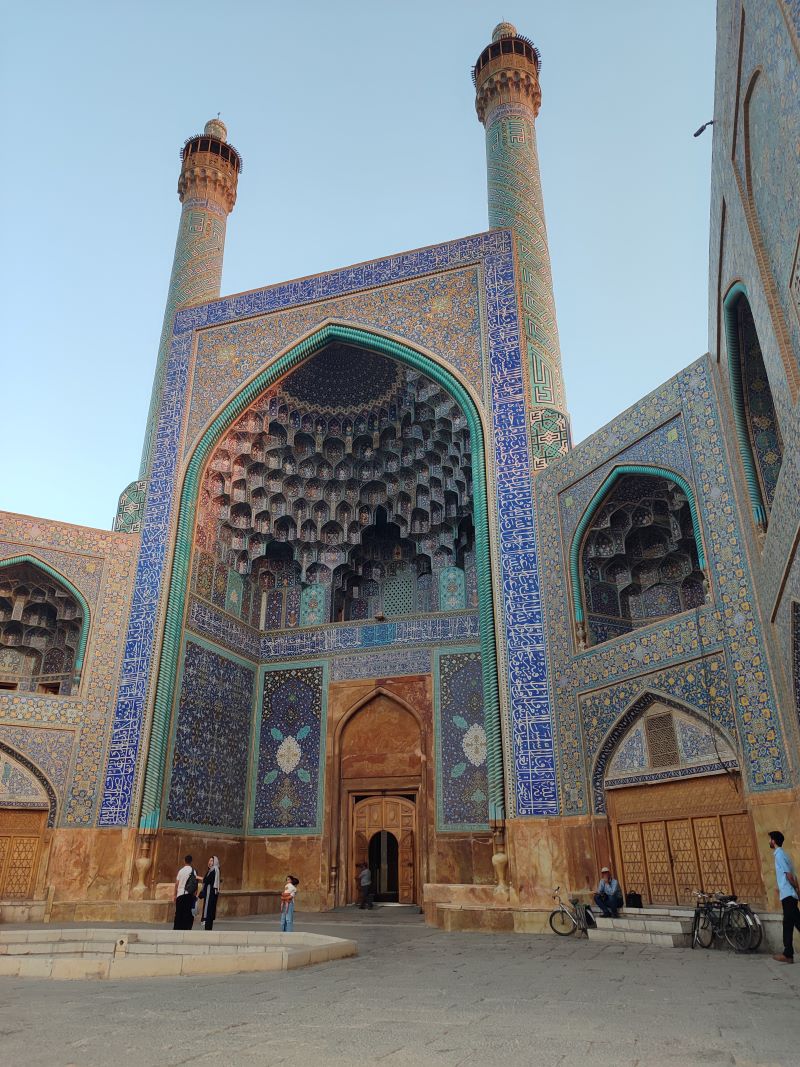
Practical Tips
- Dress Code: Modest attire is required (hijab for women, no shorts for men), especially inside mosques. Comfortable shoes are a must for walking.
- Entry Fees: The square is free, but mosques and the palace charge small fees (around 200,000-500,000 IRR, or $5-10 USD as of 2025).
- Photography: Cameras are welcome, but tripods may need permission inside buildings. Drones are restricted.
- Nearby Gems: Explore the Chehel Sotoun Palace or the Jameh Mosque of Isfahan, both a short walk away.
The Honest Take: Strengths and Challenges
Naqsh-e Jahan is breathtaking, but it’s not flawless. The square’s size can feel overwhelming, and summer heat or winter chill can test your stamina. Crowds peak during Iranian holidays like Nowruz, making it harder to enjoy the serenity. Some areas show wear—faded tiles or cracked stone—but restoration efforts keep it intact.
Yet, its strengths shine brighter. The square’s beauty is unmatched, its history palpable, and its accessibility (both physical and financial) makes it a standout. For travelers willing to navigate its bustle, Naqsh-e Jahan delivers an authentic slice of Iran’s soul—one that lingers long after you leave.
Have you explored Naqsh-e Jahan Square? Share your experiences or questions below—we’d love to hear from you!

